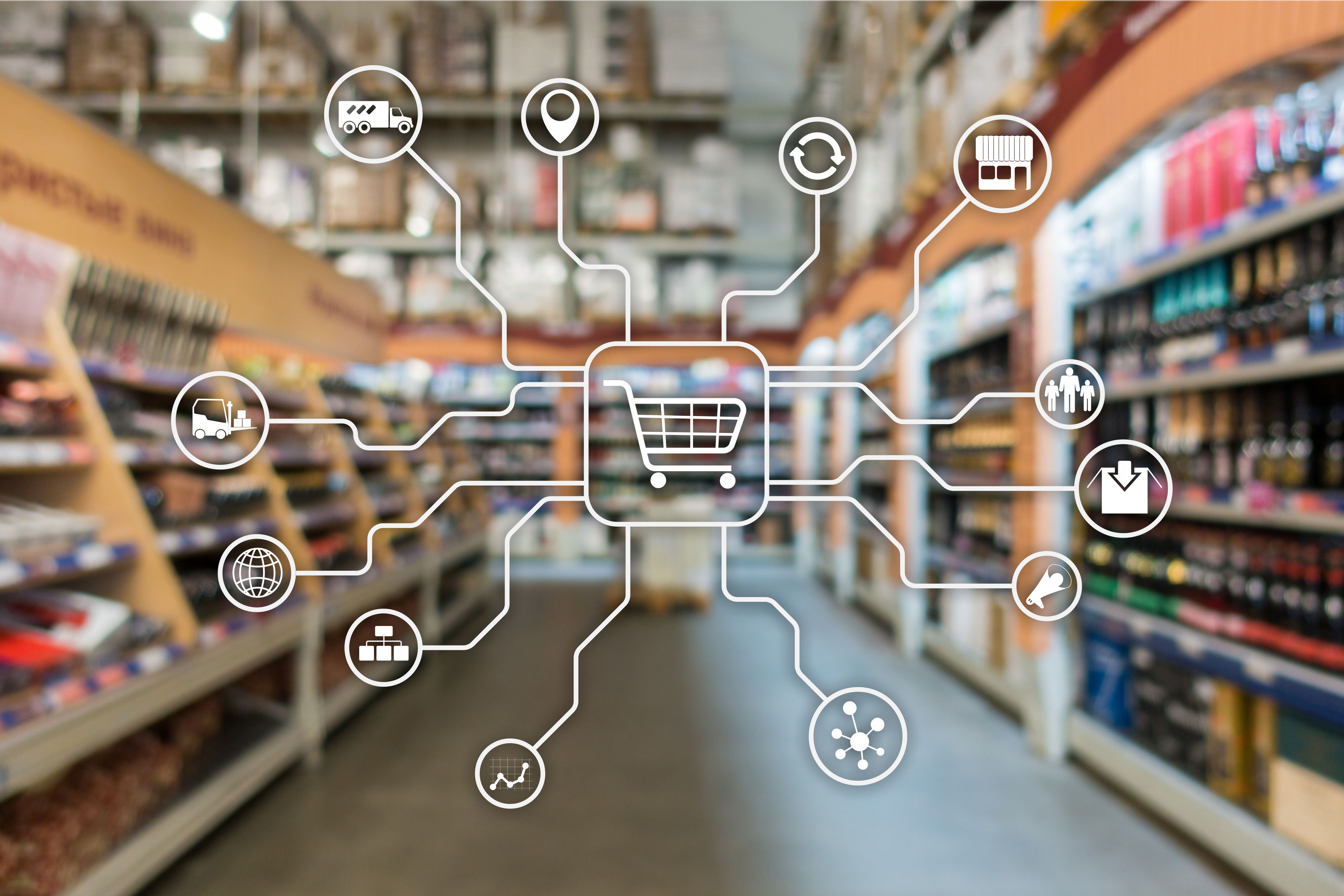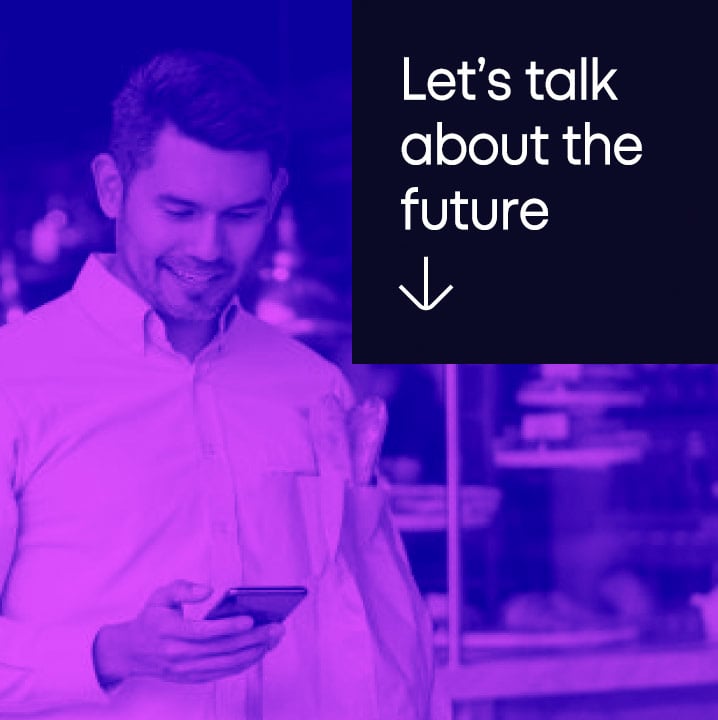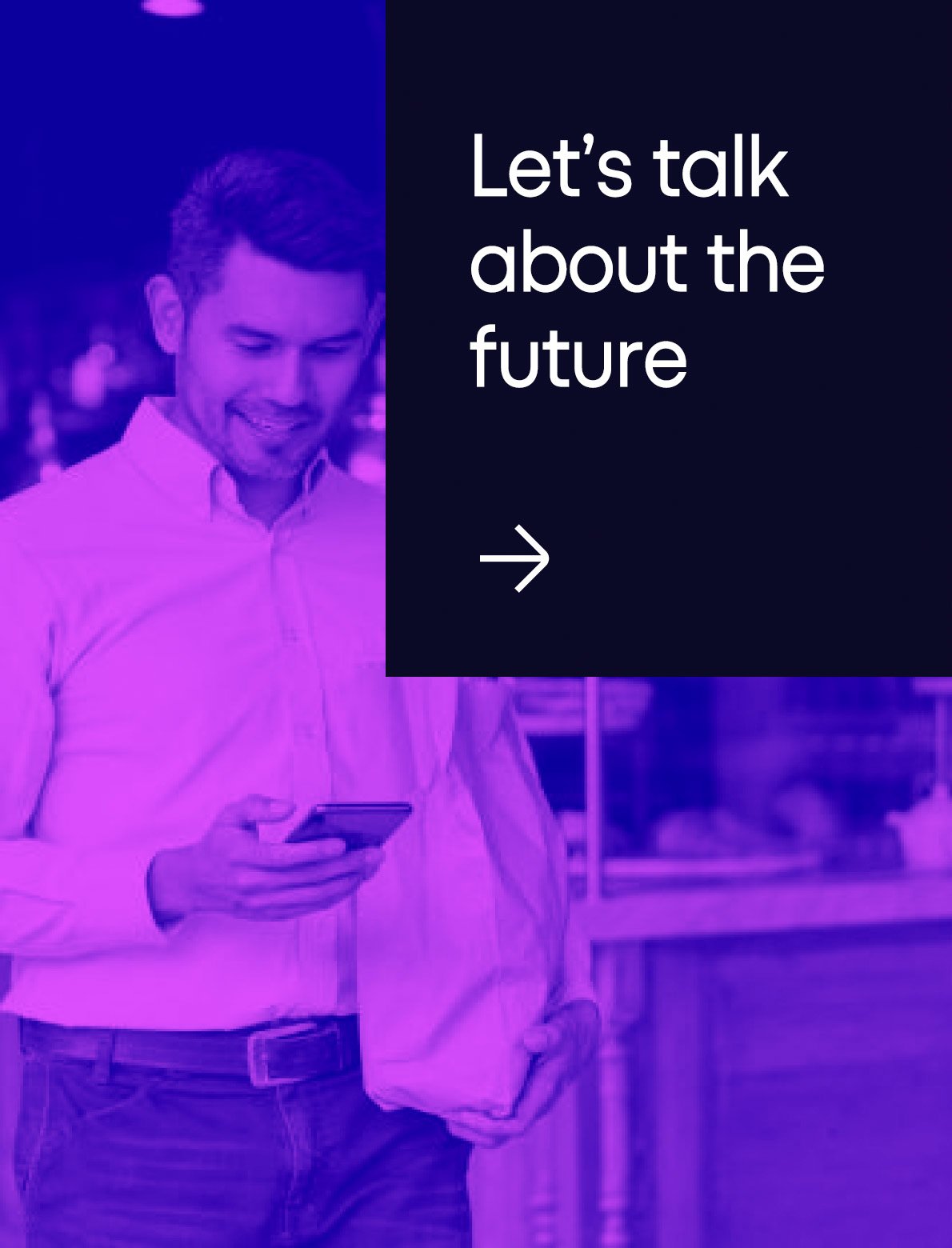The world of retail is undergoing a significant technology transformation, and there’s a lot of terminology cropping up alongside the latest retail technology trends.
You wouldn’t be alone if you’re having a hard time keeping up with the terminology. Some, like “cashierless” or “contactless,” have multiple meanings, or overlap others in how they are used. Some technical terms and abbreviations like “CNN” are easier to remember once you know the story behind them.
In my role as Chief Scientist at Zippin, I thought it could be helpful to provide a simple overview of the latest buzzwords and what they mean, especially as you develop strategies for how to adopt checkout-free platforms and other retail technology. So here it goes (in alphabetical order)…
Algorithms: These are sets of rules/procedures to be followed by computers in order to solve a problem. Algorithms are the foundation for much of AI, machine learning, and other digital technologies. Computer programs encode these algorithms in a computer-understandable coding language.
Artificial intelligence (AI): AI is technology that helps create machines that are capable of doing “human-like” tasks. AI is becoming more prevalent in retail technology, especially in e-commerce where it is already used for product recommendations, customer service chatbots, and more. Checkout-free technology is one example of AI for physical retail.
AR/VR: Augmented Reality (AR) and Virtual Reality (VR) are types of technology that help people visualize and experience alternate visions and possibilities of everyday life. In retail, AR/VR technology is already being used to help people visualize trying on clothes, see how they look with different kinds of makeup, and other applications.
Big Data: Retail customers are generating more data than ever before. Retailers use Big Data analytics to learn more about their customers, personalize their sales offers, and create a better, more relevant shopping experience.
Cashierless: This implies the absence of a cashier at a checkout register. There are a few types of cashierless retail technology, such as self-checkout technology, checkout-free, or shopping carts where customers can ring up their own purchases. Zippin’s checkout-free technology is an example of cashierless retail technology, but not all cashierless technology is “checkout-free.”
Contactless: During the pandemic, many retailers have been implementing contactless payment options. “Contactless” technology might refer to digital wallets, NFC (near-field communication) based or biometrics based payments technology that let people make payments without having to swipe a card or press buttons. While checkout-free technology is contactless, not all contactless technology is “checkout-free.”
Checkout-free: Checkout-free retail technology lets customers purchase goods without having to wait in line or interact with a checkout machine or cashier. Zippin’s checkout-free platform gives people the ability to enter a store, pick items from the shelves, and leave, without having to stop to pay.
Cloud Computing: Computing that happens in a data center at a remote location. Data needed for this computing is shipped using the internet. Cloud computing provides greater flexibility and better management of services by being accessible from anywhere. Zippin uses cloud computing to make deployment easier and flexible.
Compute: Refers to the calculation power of AI technology. This is generally measured in the number of operations per second (TOPS = terra operations per second). In recent years, the compute power of AI has grown exponentially reaching upwards of a few hundred TOPS.
CNN: Not the cable news station(!); this CNN is a “Convolutional Neural Network” that helps AI see and analyze visual imagery. Zippin’s checkout-free technology uses CNN tech to help recognize customers in stores and identify which products are being picked off the shelves.
Deep learning: This is an advanced level of AI and machine learning, where the computer can analyze and find patterns from multiple layers of neurons somewhat akin to the human brain.
Digital Twin: A virtual model that replicates a real-world product, process or physical object into a digital environment. Zippin’s retail AI technology creates a digital version of the customer's cart and physical store, making it easier to track inventory and record purchases of products as they are picked off of the shelves.
Edge Computing: Computing that happens at the “edge,” at the moment and point of interaction where customer data is generated. In a retail store, edge computing is used in Zippin’s smart shelf technology in the form of “edge devices” that process cameras and digital sensors placed on store shelves to keep track of products picked by customers.
Frictionless Shopping: Frictionless shopping includes a few different concepts and trends, such as checkout-free technology, e-commerce, and omnichannel sales. Retail technology is being used on all levels to advance frictionless shopping and make it easier for customers to buy what they want, in-store, online, or via curbside pickup or delivery.
Machine Learning: Machine learning is part of AI technology where computers learn and improve their performance over time by crunching data. Machine learning for retail technology helps improve the customer experience and inventory management with better accuracy.
NLP: Natural Language Processing is an aspect of AI and machine learning that helps computers understand human languages both spoken and written. The recent rise of voice-activated technologies is part of the growing development of NLP.
Omnichannel: Grocery retailers are combining multiple sales channels - in-store and online - to create a better customer experience. Omnichannel sales and distribution is an important concept in retail technology, because Zippin’s checkout-free technology also helps retailers achieve an omnichannel or “multi-channel” sales strategy. With checkout-free technology like Zippin’s, your store can serve as a micro-fulfillment center for e-commerce, as well as an in-store experience for customers.
Zippin: The leading AI-driven checkout-free platform (just checking you read all the way to end!).
If you want to learn more about the latest trends in retail technology then watch the replay of my webinar: “Top Trends in Artificial Intelligence for Physical Retail.” View here.




